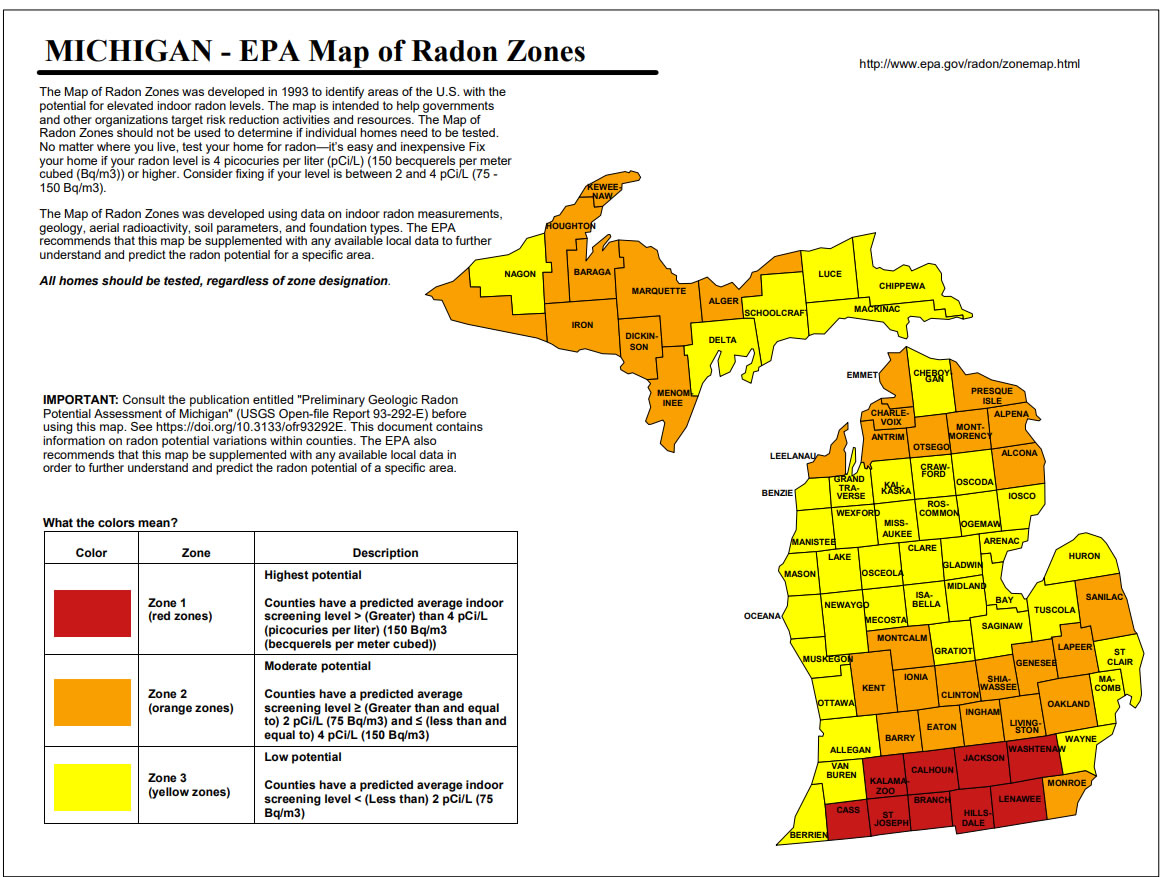Brick House Inspections is pleased to introduce Brick House Radon Solutions.
In the event you need radon mitigation, we are trained and licensed to assist. It’s essential to note that if Brick House Inspections identifies radon during an inspection, Brick House Radon Solutions cannot mitigate the radon for a period of one year due to a conflict of interest.
Below are some essential facts to help you understand more about radon mitigation. To learn more about other radon facts and testing, visit this page to learn more.
What is radon mitigation?
Radon mitigation is the process of reducing radon gas concentrations in the indoor air of buildings, particularly homes and workplaces. Radon is a naturally occurring radioactive gas that comes from the decay of uranium in soil, rock, and water. It can seep into buildings through cracks in the foundation, walls, floors, or gaps around service pipes.
Why Radon Mitigation is Important
Health Risks: Radon is the second leading cause of lung cancer after smoking, according to the U.S. Environmental Protection Agency (EPA) and the World Health Organization (WHO).
Invisible Threat: It’s colorless, odorless, and tasteless, so the only way to know if it’s a problem is to test for it.
Common Radon Mitigation Methods:
1. Sub-Slab Depressurization (most common):
A pipe is inserted through the foundation floor (usually a basement or slab) to draw radon from beneath the house and vent it outside using a fan.
2. Crawl Space Ventilation:
Increasing ventilation in crawl spaces and covering earth floors with a plastic sheet to reduce radon entry.
3. Sealing Cracks and Openings:
Helps reduce the flow of radon into a building, though it’s usually a supplemental measure.
4. Pressurization:
Adjusting air pressure differences to keep radon from being drawn into the building.
5. Heat Recovery Ventilation (HRV):
Improves air exchange and reduces radon concentration indoors by ventilating the home with outdoor air.
When to Consider Radon Mitigation
- If radon testing shows levels at or above 4.0 picocuries per liter (pCi/L), the EPA recommends taking action.
- Levels between 2.0 and 4.0 pCi/L may also warrant mitigation depending on long-term exposure and other risk factors.

